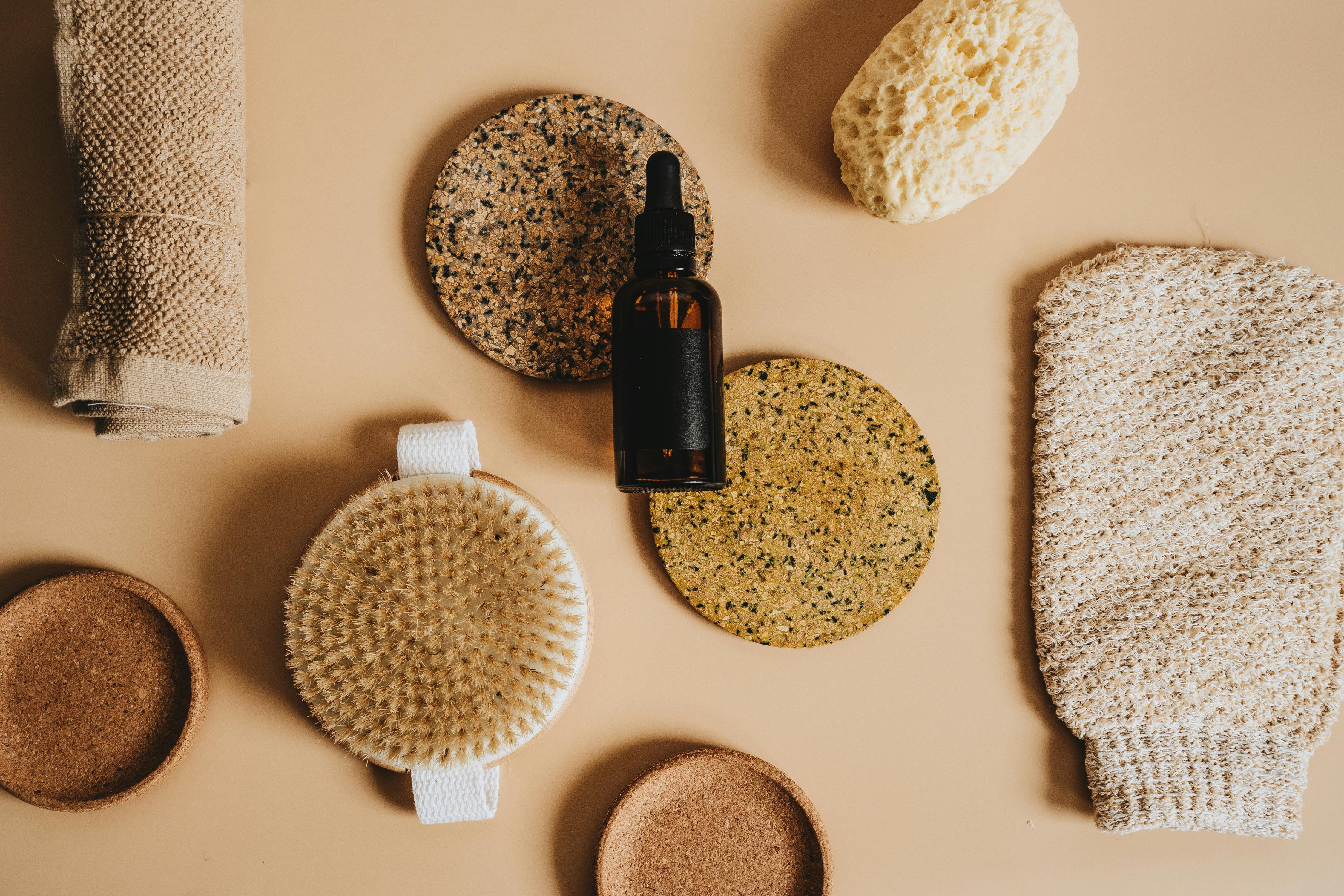Ingredient-focused guide to making informed cosmetic choices
This ingredient-focused guide explains how to evaluate product formulations, interpret labels, and align choices across skincare, makeup, and haircare with personal needs and sustainability concerns. Learn practical steps for safer, effective routines and clearer product comparisons.

Making informed cosmetic choices starts with understanding what goes into the products you use daily. Reading ingredient lists, knowing common functional groups, and matching formulations to your skin type or hair needs helps you pick items that support hydration, address sensitivity, or contribute to antiaging goals. This article focuses on practical, ingredient-centered advice so you can craft routines that balance efficacy, safety, and sustainability.
This article is for informational purposes only and should not be considered medical advice. Please consult a qualified healthcare professional for personalized guidance and treatment.
What should I know about ingredients in skincare?
Ingredient lists are ordered by concentration, with the highest amounts listed first. Look for active ingredients near the top if you want intended effects — for example, hyaluronic acid for hydration or niacinamide for texture and tone. Recognize functional categories: surfactants for cleansing, emollients and occlusives for barrier support, humectants for hydration, and actives for targeted concerns like antiaging or acne. Avoid assuming a single ingredient defines a product; formulations and concentrations determine performance, and product pH can influence ingredient activity.
How can cosmetics address sensitive skin?
When choosing cosmetics and skincare for sensitive skin, simplify formulas and prioritize gentle ingredients. Fragrance-free and alcohol-free labels often reduce irritation risk, though “hypoallergenic” is not strictly regulated. Look for calming agents such as ceramides, glycerin, and colloidal oatmeal, and avoid harsh exfoliants or high concentrations of strong acids until tolerance is established. Patch testing a small area for several days before full use helps identify reactions early. Layering products with soothing ingredients supports barrier repair, which in turn reduces sensitivity over time.
How do cleansing and exfoliation fit into routines?
Cleansing removes oil, makeup, and environmental debris; surfactant choice matters for comfort and skin balance. Gentle, non-foaming cleansers can preserve moisture, while oil-based cleansers dissolve makeup and SPF effectively. Exfoliation—physical or chemical—removes dead skin cells to improve texture and absorption but should be used according to skin type: weekly for sensitive skin, more frequently for resilient types. Chemical exfoliants like AHAs (glycolic, lactic) and BHAs (salicylic) offer controlled cell turnover; monitor irritation and avoid combining multiple strong actives at once.
What should you look for in moisturizers and hydration?
Moisturizers combine humectants (e.g., glycerin, hyaluronic acid), emollients (e.g., squalane, fatty alcohols), and occlusives (e.g., petrolatum, dimethicone). For lightweight hydration, choose formulations with higher humectant content and lighter emollients; for compromised barriers or dry climates, include occlusives to lock in moisture. Consider texture preferences and seasonal shifts—thicker creams in cold months, lighter gels in heat. Ingredients labeled as “non-comedogenic” may help minimize pore-clogging, but individual response varies.
How should SPF and antiaging ingredients be evaluated?
SPF is a proven method to reduce photoaging and sun damage; broad-spectrum protection with a suitable SPF value for your exposure is essential. Chemical sunscreens (absorbers) and mineral sunscreens (zinc oxide, titanium dioxide) both protect against UV radiation, with different cosmetic finishes and tolerability profiles. Antiaging ingredients include retinoids for cell turnover, peptides for signaling, and antioxidants like vitamin C for free-radical protection. Retinoids can be irritating at first, so introduce them gradually and always use sunscreen when using photosensitizing actives.
What role does sustainability play in ingredient choices?
Sustainability touches sourcing, formulation, packaging, and biodegradability. Favor brands that disclose ingredient origins, use responsibly sourced botanical extracts, and offer recyclable or minimal packaging. Look for evidence of transparent supply chains and third-party certifications where applicable. Recognize that “natural” does not automatically mean safer or more sustainable; synthetic alternatives can offer lower environmental impact or greater stability. Balance environmental considerations with performance and skin compatibility when selecting products.
Conclusion
An ingredient-focused approach to cosmetics shifts the decision from marketing claims to measurable properties: ingredient function, formulation context, and personal tolerance. By learning label basics, prioritizing gentle yet effective actives, and considering sustainability and SPF, you can build consistent routines across skincare, makeup, and haircare that better align with hydration, antiaging, and sensitivity concerns. Regularly review ingredient lists as formulations change and consult a professional for persistent issues.





